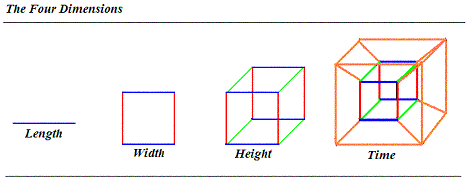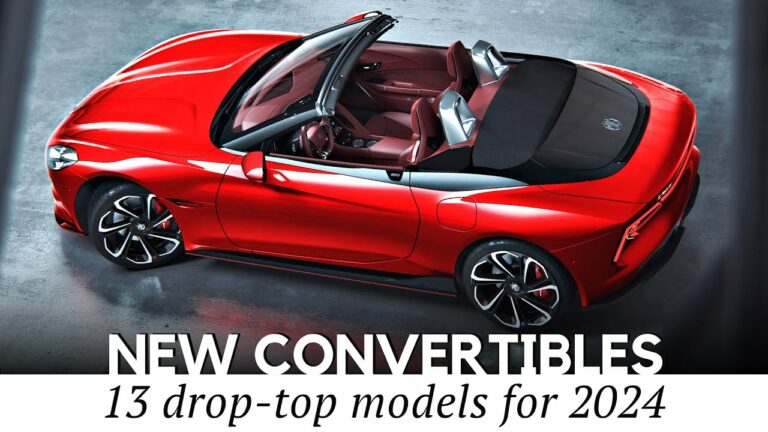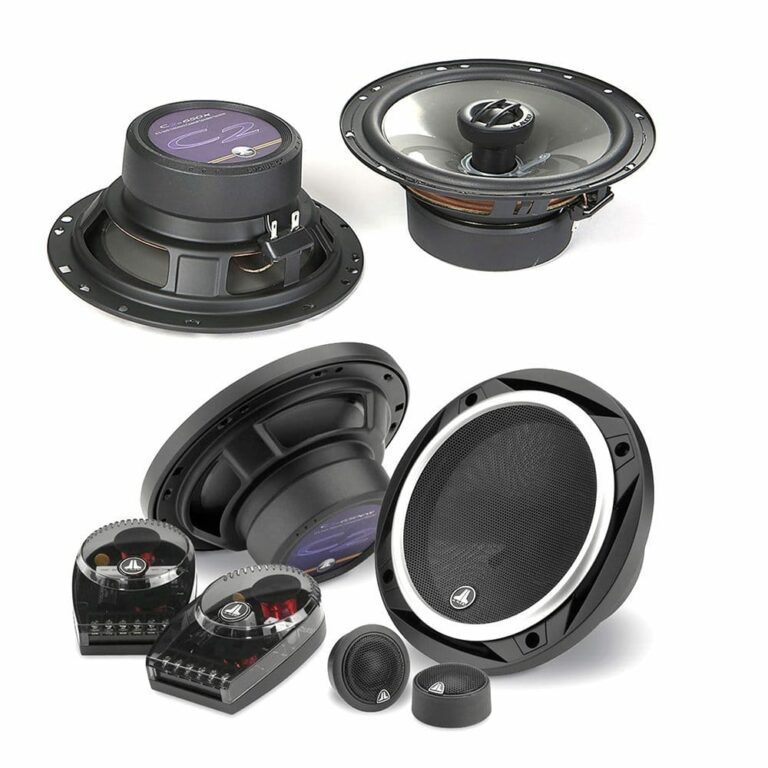Will A Chevy Truck Cap Fit A Chevy: Decoding the Compatibility Puzzle
Will A Chevy Truck Cap Fit A Chevy: Decoding the Compatibility Puzzle cars.truckstrend.com
The allure of a truck cap, also known as a topper or camper shell, is undeniable for many Chevy truck owners. It transforms an open truck bed into a secure, weather-protected, and versatile storage space, perfect for everything from camping gear and tools to groceries and pet transport. However, the seemingly simple question, "Will a Chevy truck cap fit a Chevy?" often elicits a far more complex answer than a straightforward "yes." While both components proudly bear the Chevrolet emblem, compatibility is rarely a given. This article will thoroughly explore the intricate world of Chevy truck cap fitment, providing a comprehensive guide to ensure you find the perfect match for your beloved pickup.
Understanding the Nuances of Truck Cap Fitment: More Than Just a Badge
Will A Chevy Truck Cap Fit A Chevy: Decoding the Compatibility Puzzle
The primary reason a Chevy truck cap might not fit another Chevy truck lies in the vast array of design variations across different models, model years, and even trim levels. Unlike a generic accessory, a truck cap is a semi-permanent structure designed to precisely mate with the contours of a specific truck bed. Ignoring these critical factors can lead to frustrating misfits, compromised security, and wasted investment.
The key elements determining compatibility include:
- Bed Length: This is, without a doubt, the most critical factor. Chevrolet offers various bed lengths, commonly including short bed (around 5’8" or 5’9"), standard bed (around 6’6"), and long bed (around 8′). A cap designed for an 8-foot bed will never fit a 5-foot-8-inch bed, and vice-versa. Even minor discrepancies of an inch or two can prevent proper sealing and clamping.
- Bed Width: While generally more consistent within specific generations, subtle differences in bed width can exist between models (e.g., Silverado vs. Colorado, or even different Silverado generations). The base rails of the cap must sit flush and securely on the truck’s bed rails.
- Bed Rail Design and Profile: Modern truck beds feature complex rail designs. This includes the presence of rail caps, integrated utility track systems (like Chevy’s Cargo Management System), stake pocket locations, and the overall height and contour of the bed rails. A cap’s clamping system and weather seals are specifically designed to interact with these profiles. A cap from a truck with a wider, flatter rail might not seal properly on a truck with a narrower, more rounded rail.
- Cab Style and Bulkhead Design: While the cap sits on the bed, its front edge (bulkhead) is designed to align with the truck’s cab. Differences in cab height, window curvature, or the angle of the cab’s rear wall can affect the aesthetic flow and, in some cases, the practical fit of the cap’s front lip.
- Model Year and Generation: This is paramount. Chevrolet frequently redesigns its trucks, often every 5-7 years, introducing new generations with significant changes to bed dimensions, body lines, and rail designs. For example, a cap from a 2005 Silverado (GMT800 platform) will absolutely not fit a 2015 Silverado (K2XX platform) or a 2023 Silverado (T1XX platform), even if the bed lengths are nominally similar. The entire body structure, including the bed, has evolved.

Types of Chevy Truck Caps and Fitment Considerations
Chevy truck caps primarily fall into two categories, each with its own fitment nuances:
- Fiberglass Caps: These are the most popular type, known for their seamless appearance, customizability (often painted to match the truck’s color), and durability. They are typically molded to the exact contours of specific truck beds, making precise fitment crucial.
- Aluminum Caps: More utilitarian and lightweight, aluminum caps are often favored for work trucks or by those needing maximum cargo space. While some higher-end aluminum caps can be semi-custom, many are more generic in their fit, relying on extensive weather stripping and adjustable clamps. They may not offer the same level of watertight seal or aesthetic integration as a custom fiberglass cap.
The "How-To" of Checking Fitment: Your Practical Guide
Before you even consider purchasing a truck cap, especially a used one, follow these steps to ensure compatibility:
-
Identify Your Truck’s Specifics:
- Full Model Name: e.g., Chevrolet Silverado 1500, Chevrolet Colorado.
- Model Year: Crucial for identifying the correct generation.
- Cab Style: Regular Cab, Extended Cab, Crew Cab (though less critical for cap fit itself, it helps define the overall truck).
- Bed Length: This is paramount. Don’t guess!
-
Accurately Measure Your Truck Bed:
- Length: Measure along the top inside edge of the bed rails, from the bulkhead (the wall closest to the cab) to the inside edge of the tailgate. Be precise, measuring to the nearest quarter inch. Common Chevy bed lengths are approximately 5’8", 6’6", and 8′.
- Width: Measure the width of the bed at the front (near the cab) and at the rear (near the tailgate) across the top of the bed rails. Note any significant differences.
- Bed Rail Height and Profile: Observe the design of your truck’s bed rails. Are they flat? Rounded? Do they have integrated caps or tracks? This will help you visualize how a cap would sit and clamp.
-
Measure the Truck Cap (If Buying Used):
- Length: Measure the length of the cap along its bottom edges, from front to back.
- Width: Measure the width of the cap along its bottom edges, both at the front and the rear.
- Internal Frame/Lip: Note how the cap’s internal frame or lip is designed to sit over the truck’s bed rails.
-
Consult Compatibility Charts and Experts:
- Manufacturer Websites: Reputable new truck cap manufacturers (e.g., ARE, Leer, Snugtop) have detailed fitment guides on their websites. You input your truck’s year, make, model, and bed length, and it will show you compatible caps.
- Dealerships/Accessory Stores: Local Chevy dealerships or aftermarket truck accessory stores are excellent resources. They often have experienced staff who can quickly determine compatibility.
- Part Numbers: If buying a used cap, try to find its manufacturer and part number. This can often be cross-referenced online for original fitment.
-
Visual Inspection (for Used Caps):
- If possible, physically test-fit the cap on your truck. Even if dimensions match, the subtle contours of the bed rails and bulkhead might not align perfectly.
- Look for gaps, especially at the corners and along the bed rails.
- Check the condition of the cap’s weather stripping.
Challenges and Solutions
Even with careful planning, some challenges can arise:
- Minor Gaps: If the cap is a near-perfect fit but has small gaps, high-quality automotive-grade weather stripping or foam seals can often bridge the difference and ensure a watertight seal.
- Misalignment: Slight misalignments might be corrected by adjusting the cap’s clamping hardware. However, significant misalignment indicates an incorrect fit.
- Electrical Hookups: Most caps come with a third brake light and sometimes interior lights. These require a simple wiring connection to your truck’s electrical system, typically using a universal harness kit. If you’re uncomfortable with wiring, a professional installer can handle it.
- Weight: Truck caps can be heavy. Installation usually requires at least two people, or professional assistance with a lift.
- Older Caps on Newer Trucks (and vice-versa): This is almost never a good idea. The design changes between generations are too significant to allow for a proper fit, even if bed lengths are similar.
Benefits of a Properly Fitted Truck Cap
Investing the time and effort to ensure a proper fit yields numerous advantages:
- Enhanced Security: A securely clamped and locked cap protects your cargo from theft.
- Superior Weather Protection: Keeps your gear dry, clean, and safe from the elements.
- Increased Versatility: Transforms your truck into a more enclosed, SUV-like vehicle, ideal for camping, transporting delicate items, or providing shelter for pets.
- Improved Aerodynamics (Minor): A well-fitting cap can sometimes slightly improve fuel economy by reducing aerodynamic drag, though this benefit is usually minimal.
- Aesthetic Integration: A cap that perfectly matches your truck’s lines and color looks like an integrated part of the vehicle, enhancing its overall appearance and potentially its resale value.
Practical Advice and Actionable Insights
- Always Verify, Never Assume: Just because it’s a Chevy cap and a Chevy truck doesn’t mean it fits. Measure, research, and double-check.
- Buy New for Guaranteed Fit: If budget allows, purchasing a new cap specifically made for your truck model and year ensures a perfect fit, comes with a warranty, and often includes professional installation.
- Be Savvy in the Used Market: The used market can offer great deals, but it requires diligence. Bring your tape measure, know your truck’s exact dimensions, and inspect the cap thoroughly for damage or previous modifications.
- Consider Professional Installation: Even if you’re handy, professional installers have the right tools, experience, and knowledge to ensure a watertight seal, proper electrical connections, and secure clamping.
- Define Your Needs: Before buying, consider what you’ll primarily use the cap for. This will influence your choice between fiberglass or aluminum, and what features (windows, roof racks, interior lights) you might need.
Pricing Information for Chevy Truck Caps and Associated Services
The cost of a truck cap can vary significantly based on material, features, brand, and whether it’s new or used. Here’s a general overview:
| Item/Service | Description | Typical Price Range (USD) | Notes | New Fiberglass Cap | Tailored to fit a specific model/year. | $1,500 – $3,500+ | Features like carpeted interior, LED lights, side windows, roof racks, and paint matching increase the price. Top brands include Leer, ARE, Snugtop. | Used Fiberglass Cap | Condition, age, features, and precise fitment significantly influence price. | $300 – $1,500 | Often sold by owners upgrading or changing trucks. Requires careful measurement and inspection. Paint might not match. |
|---|




